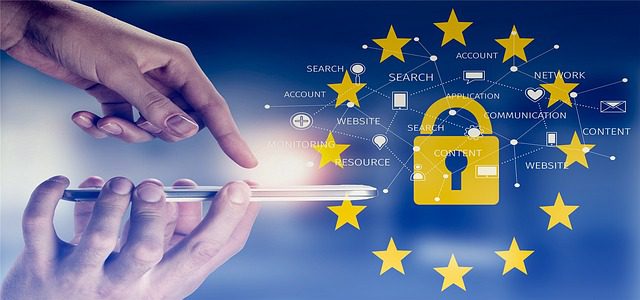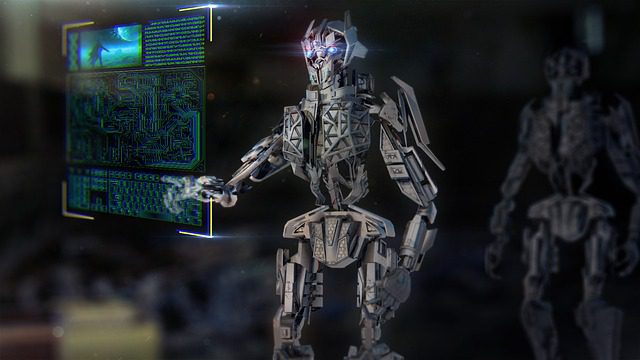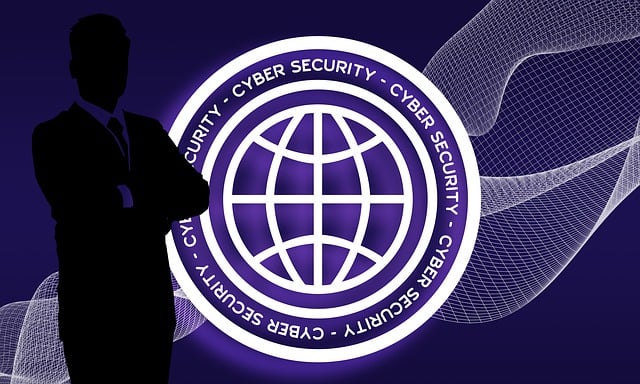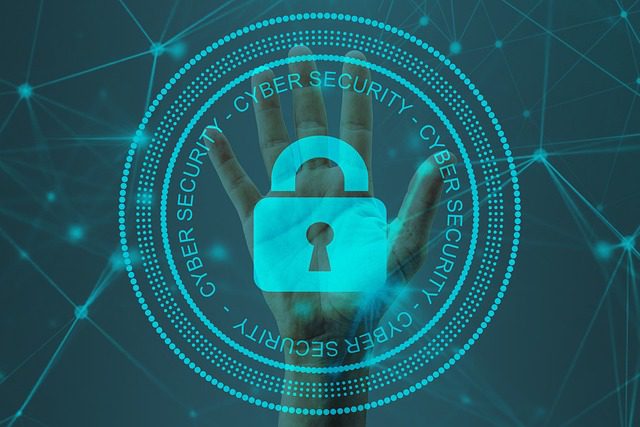Explore the top cybersecurity threats of 2025—from AI-powered attacks and ransomware to quantum risks—and learn how to stay protected.
In 2025, the digital landscape is more perilous than ever. Malicious actors are wielding AI, automation, and innovative techniques to exploit vulnerabilities at scale.
Here’s a breakdown of the top threats you should watch—and how to defend yourself.
1. AI‑Powered Phishing & Deepfakes
AI-generated emails and SMS are becoming indistinguishable from legitimate communications. Fraudsters are even creating voice and video deepfakes to impersonate trusted contacts.
Protect yourself by verifying sender identities, enabling two-factor authentication, and looking for suspicious mini-details in messages .
2. Automated Cyber Scanning Surge
According to Fortinet, automated scans have spiked to 36,000 attempts per second, often targeting outdated services like RDP or IoT devices.
Keep your systems patched and deactivate any unnecessary network portals to stay ahead.
3. Ransomware-as-a-Service (RaaS) & Living-Off-The-Land
Subscription-based ransomware services empower even novices to launch attacks. Many groups favor stealthy techniques—using legitimate tools to evade detection.
Deploy application allowlists, advanced endpoint detection, and train teams to recognize unusual behavior.
4. Shadow AI & Post‑Quantum Threats
The rise of shadow AI—unsanctioned AI tools used by employees—posits massive supply chain vulnerabilities .
Additionally, quantum computing threatens current encryption standards, prompting a shift to post-quantum cryptography within the next 12–18 months .
5. Nation-State Attacks & Insider Risk
Geopolitical tensions are fueling state-sponsored cyberattacks on critical infrastructure .
Combine this with the risk of insider attacks—accidental or malicious—and you have a multifaceted challenge. Implement zero-trust models, regular access reviews, and constant security training.
 How to Stay Secure
How to Stay Secure
1. Continuous threat intelligence: Tools like crowdstrike, IBM, and WHO data offer real-time insights.
2. Security frameworks: Follow recommendations from Infosec Europe and World Economic Forum .
3. Penetration testing & AI monitoring: Regular proactive testing reveals vulnerabilities before they’re exploited.
Bottom line: In 2025, cyber defense is not a one-time project—it’s an ever-evolving commitment. Your adaptability, vigilance, and investment in modern tools are your best defense.


 How to Stay Secure
How to Stay Secure






